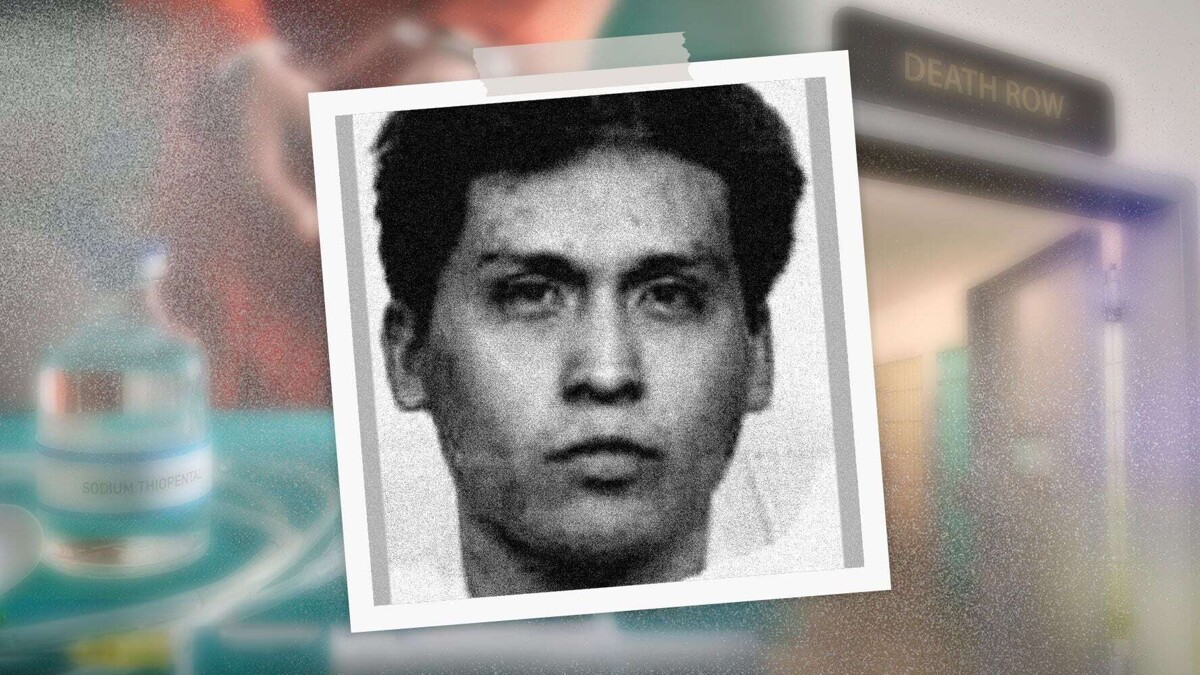
The body of the university student was found in the early morning of June 29, 1989. One day after the crime, Miguel Ángel Flores' grandfather took him to the police station to clarify the reason for his search, as the victim's body was found in the Mexican's car. Flores confessed to the murder and cooperated with authorities in the collection of evidence. He was later tried and in September 1990, he was sentenced to death.
Angela Tyson, a prominent student at Eastern New Mexico University and noted for her beauty, was murdered in the summer of 1989 in Texas by Miguel Ángel Flores, a Mexican citizen born in Ciudad Juárez in 1969. After renting a movie, Flores became obsessed with the young woman and forced her, under threat of a knife, to get into his car, where he sexually assaulted her and subsequently stabbed her.
Although Angela's family searched for her, Flores managed to flee. He was arrested a year later in Mexico, as he was not informed about the possibility of contacting his country's consulate. Throughout his lengthy legal process, he came close to being executed in 1995, but several instances upheld his death sentence. Over the years, various organizations and governments intervened to request the commutation of the death penalty to life imprisonment, but all efforts were unsuccessful.
Finally, on November 9, 2000, Miguel Ángel Flores was executed after a long wait. Despite attempts for clemency, which lasted until the very last moment, the victim's father expressed that his daughter did not deserve mercy. Before being connected to the lethal chemicals, Flores expressed his remorse and asked for forgiveness. His last meal consisted of several dishes before being taken to the execution.
This case adds to other Mexicans executed in the United States, leaving a mark of pain and tragedy in the memory of those who knew him.













